INTRODUCTION
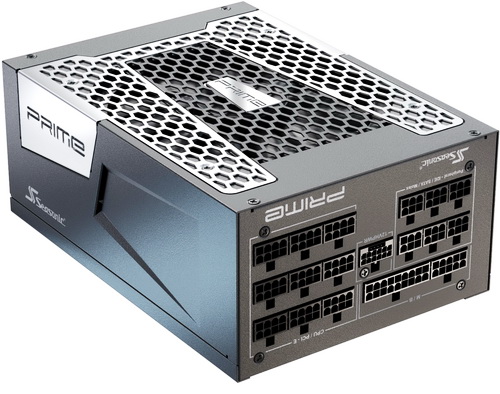
With Intel launching their upgraded Z790 chipset, NVIDIA slowly gearing up to update their GeForce line of graphics cards and AMD just having released their new Radeon RX 7700XT and 7800XT graphics cards this is perhaps the best time for consumers to grab one of the latest ATX 3.0 & PCIe 5.0 power supply units. Yes, if you already own a high-end power supply unit (even more so if it's an 80 PLUS Platinum or Titanium certified one) you may not be missing out on a whole lot but again the addition of the new +12VHPWR modular cables combined with improved efficiency levels and up to 3 times the excursion tolerance should be plenty for some people to take that step. Late last year i had the opportunity to review Seasonic's PRIME TX-1300 Titanium power supply unit model (review here) which although not 100% compliant with the ATX 3.0 standard it did come with the latest +12VHPWR power connectors and offered performance second to none. Well, it took Seasonic a few more months to finalize and release the ATX 3.0 variants of their PRIME TX Titanium line and today with me i have the PRIME TX-1300 ATX 3.0 Titanium Power Supply Unit.
Sea Sonic Electronics Co., Ltd was founded more than 40 years ago by engineers. Since its early beginnings the company has rigorously maintained its focus on the research, development and production of technologically advanced, high quality products. In 1981 Sea Sonic expanded into the production of PC power supplies to become one of the first manufacturers in this market. Soon after, the manufacturing of high quality and performance PC power supplies became the core identity of Sea Sonic.
Unlike the non ATX 3.0 variant of the PRIME TX series the PRIME TX ATX 3.0 is currently only available in two outputs, 1300W and 1600W and so at least for now it's clear Seasonic made it available for the most demanding users with the top systems available today and for the foreseeable future. Both output models are obviously fully modular, 80 PLUS Titanium Certified (up to 94% efficiency) and as for the TX-1300 which I’ll be testing today comes ready with a single powerful +12V rail (108.33A) capable of delivering the units entire rated output (1300W), micro-tolerance load regulator (under 0.5% load regulation), active PFC, DC to DC topology, cable-free connection design (back panel with PCB), individually sleeved power cables (PVC), peak power output of almost 1450W, fluid-dynamic bearing 135mm fan with hybrid mode (fan starts to operate at over 40% load) and high-quality Japanese manufactured capacitors. Needless to say, the PRIME TX-1300 ATX 3.0 model is fully shielded thanks to its numerous electrical protections such as over-current (OCP), over-voltage (OVP), under-voltage (UVP), short-circuit (SCP), over-temperature (OTP) and over-power (OPP). As for warranty Seasonic once again covers both models of the brand new PRIME TX ATX 3.0 line of power supply units with a very generous 12-year limited one.
SPECIFICATIONS AND FEATURES

PACKAGING AND CONTENTS
The PRIME TX-1300 ATX 3.0 gets shipped inside a very long silver and black box that has the Seasonic logo, 80 PLUS Titanium certification, product line, warranty information and some of the main product features at the front.
The complete specifications table is printed on the left side of the box.
Turning the box over we see the product features printed in 11 languages.
Another product picture is located at the rear of the box right between two graphs and in-depth descriptions about the main features of the PRIME TX-1300 ATX 3.0.
Typically, the power supply unit is placed between two thick foam spacers.
Along with the PRIME TX-1300 Titanium ATX 3.0 inside the box you’ll also find the power cord, modular power cables, carrying/storage pouches (for both the PSU and its modular cables), 90 degree 24 pin motherboard adapter/PSU tester, 12 cable ties, 5 cable straps, 4 case stickers, 4 mounting screws, several cable holders, sweepstakes paper, installation guide, +12VHPWR connector proper routing paper and the user manual.
THE PRIME TX-1300 ATX 3.0 EXTERIOR
This time over all modular cables of the PRIME TX-1300 Titanium ATX 3.0 are individually sleeved with PVC.
Measuring 210mm in length, 150mm in width and 86mm in height the PRIME TX-1300 ATX 3.0 again is a large unit.
The 135mm fluid dynamic bearing fan sits under a nice looking silver and black grille.
On both sides Seasonic has placed their logo and the product line name.
Once again, the electrical table along with numerous certifications is located the base of the enclosure.
At the front we find the 18 modular power connectors which are all grouped and tagged.
At the rear we find the usual perforation, on/off power switch, hybrid mode on/off button and the power port.
THE PRIME TX-1300 ATX 3.0 INTERIOR
Hong Hua is the manufacturer of the 135mm fluid dynamic bearing fan (2300RPM).
Just like the PRIME TX-1300 the interior of the PRIME TX-1300 ATX 3.0 is not something we see a lot.
The three primary capacitors are manufactured by Nippon Chemi-Con and are rated for use up to 105 degrees Celsius.
Secondary capacitors are manufactured by both Nippon Chemi-Con and are also certified for use up to 105 degrees.
TEST BED
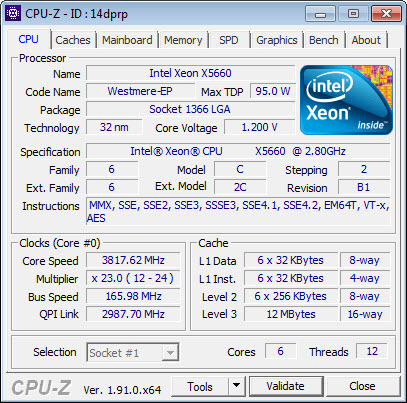

TESTING METHODOLOGY
Using a dedicated measurement instrument such as a Chroma or a SunMoon to test power supply units is without doubt the most ideal and accurate way (not to mention the fastest) to do that currently. However, it's certainly not the only way there is and so pretty much anyone can test a power supply unit just by using a test rig. Certainly, limitations do apply and so you can't really push a 1000W power supply to its limits if your system only uses 500W at peak loads and that's why over the years we saved certain hardware components for the purpose of building a dedicated PSU test rig. True it may not be as accurate as the above mentioned solutions but it comes really close and is in fact much closer to real world usage. So as always, we ran several games with maximum graphic options enabled at a resolution of 2560x1600 in order to stress every hardware component and increase the overall power demands of the system. The Passmark BurnIn Test was also used to overstress the components in an effort to provide the most accurate results possible. As a final test we also used the latest OCCT 4.4 software and its dedicated PSU testing suite since it can really bring a power supply to its knees after inside a few minutes.
Rail stability was checked/measured with the CPUID Hardware monitor and a Metex multimeter which also recorded the system load in idle and in load. As always try to remember that the power consumption numbers listed in the graph are the highest (Peak) ones recorded during the entire duration of the tests and not the average ones. Noise levels coming from the fan were recorded using the high precision HD600 ExTech Sound dBA Meter from the rear of the unit and at a range of no more than 5-10cm. Readings under load are recorded the exact moment we manually switch the fans of all graphics cards from full speed to almost zero, that way the fan of the power supply does not have enough time to slow its RPM and so by doing this we get very accurate noise level readings. Needless to say, in order to get 100% accurate readings, you need to have a noise isolated room for that exact purpose, something which is quite impossible unless you are working inside a real lab (some people use very small noise insulated boxes but due to their size both heat and noise exceed normal levels and so the results can't really be considered to be 100% accurate, nor realistic for that matter). Also do take into account that since all noise measurements take place from just 5-10cm away the final noise levels to reach your ears will be considerably less.
* After well over 10 years of testing PSUs the Intel Core i7-920 CPU of this rig failed and so we replaced it with a Xeon X5660 (we also swapped the GA-X58A-UD7 for the G1. Assassin).
TEST RESULTS


 ..............
..............
CONCLUSION
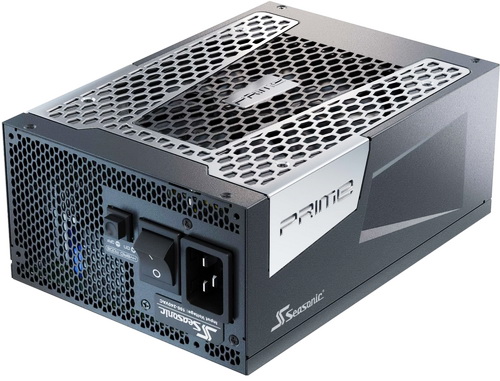
The PRIME TX-1300 Titanium by Seasonic was one of the best power supply units to ever arrive in the lab and so honestly the lack of ATX 3.0 compliance didn’t matter much. Still adding ATX 3.0 compliance was the next obvious step by Seasonic and even though rail stability has pretty much remained the same i did notice a slight drop in power consumption (at the same time however a tiny bump in noise coming from the 135mm fan, perhaps Seasonic used a more aggressive curve this time?). Again, my test rig can’t push power supply units at well over 1KW in output/capacity to their limit and that also stands true about the PRIME TX-1300 Titanium ATX 3.0 model but still i don’t expect rail stability to fluctuate much if at all between the 1033W max recorded in my tests and the maximum rated output of 1300W (as always noise levels are probably what will increase). Once again, my main concern with units like the PRIME TX-1300 Titanium ATX 3.0 is size and so you may have a hard time fitting it in your tower if you haven’t accounted for it (i know i did). Nit picking on my part i know but at 210mm this is one of the longest ATX 3.0 power supply units today so again do keep that in mind. Also, worth pointing out is that unlike its predecessor the brand-new PRIME TX-1300 Titanium ATX 3.0 comes with a single +12VHPWR connector and even though this should be more than plenty even for upcoming cards it is something i feel needs to be mentioned.
Currently retailing for USD519.99 inside the USA (Amazon.com) and at around 480Euros inside the EU the PRIME TX-1300 Titanium ATX 3.0 power supply unit by Seasonic is clearly aimed towards the most demanding gamers, enthusiasts, overclockers and professionals. The same more or less applies with similar ultra high-end models by the competition so i really wasn’t expecting Seasonic to pull a miracle in terms of pricing. Pricing aside however the Seasonic PRIME TX Titanium ATX 3.0 platform (both wattage models) is easily among the 3 top ATX 3.0 & PCIe 5 compliant ones right now in the market and for that the Platinum Award is once again in order.

PROS
- Excellent Build Quality
- Second To None Rail Stability
- 80 PLUS Titanium Certified
- ATX 3.0 & PCIe 5.0 Compliant
- Electrical Protections (OCP/OVP/SSP/OPP/UVP/OTP)
- Noise Levels
- Micro Tolerance Load Regulator
- Hybrid Fan Mode
- Powerful Single Rail (108.33A)
- 12 Year Limited Warranty
- Available Models
- Design
CONS
- Price (For Some)
- Length (For Some)

 O-Sense
O-Sense





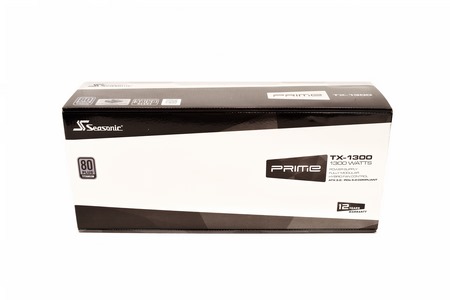
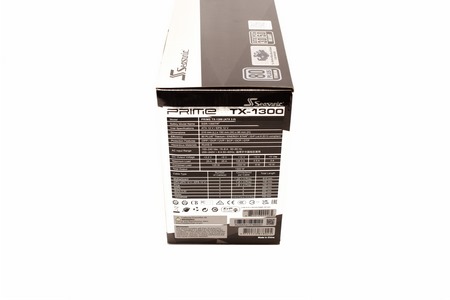
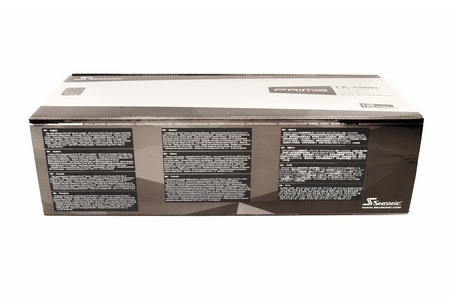
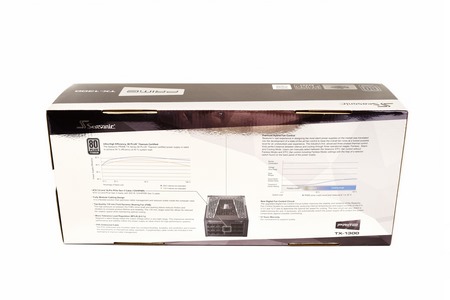
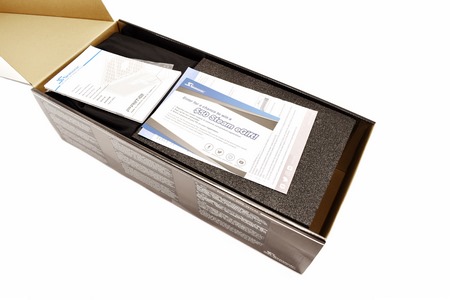
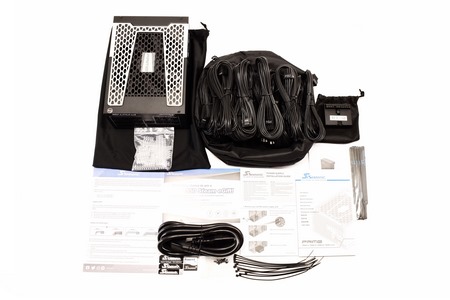



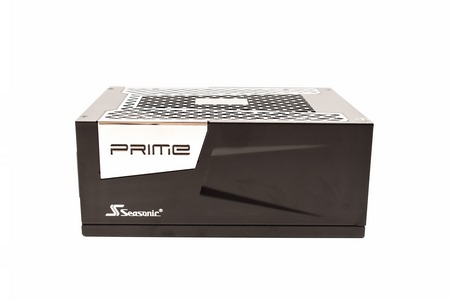




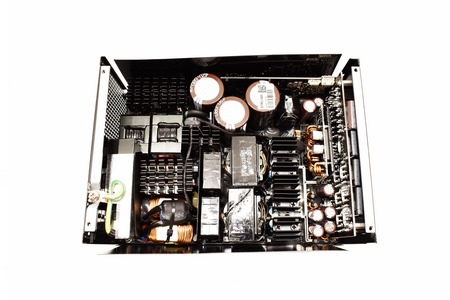

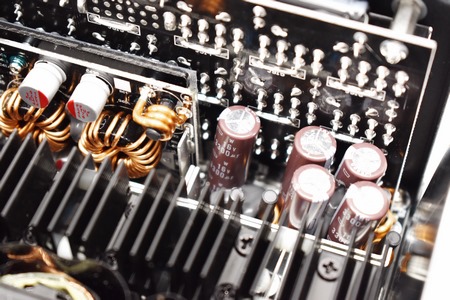


.png)

